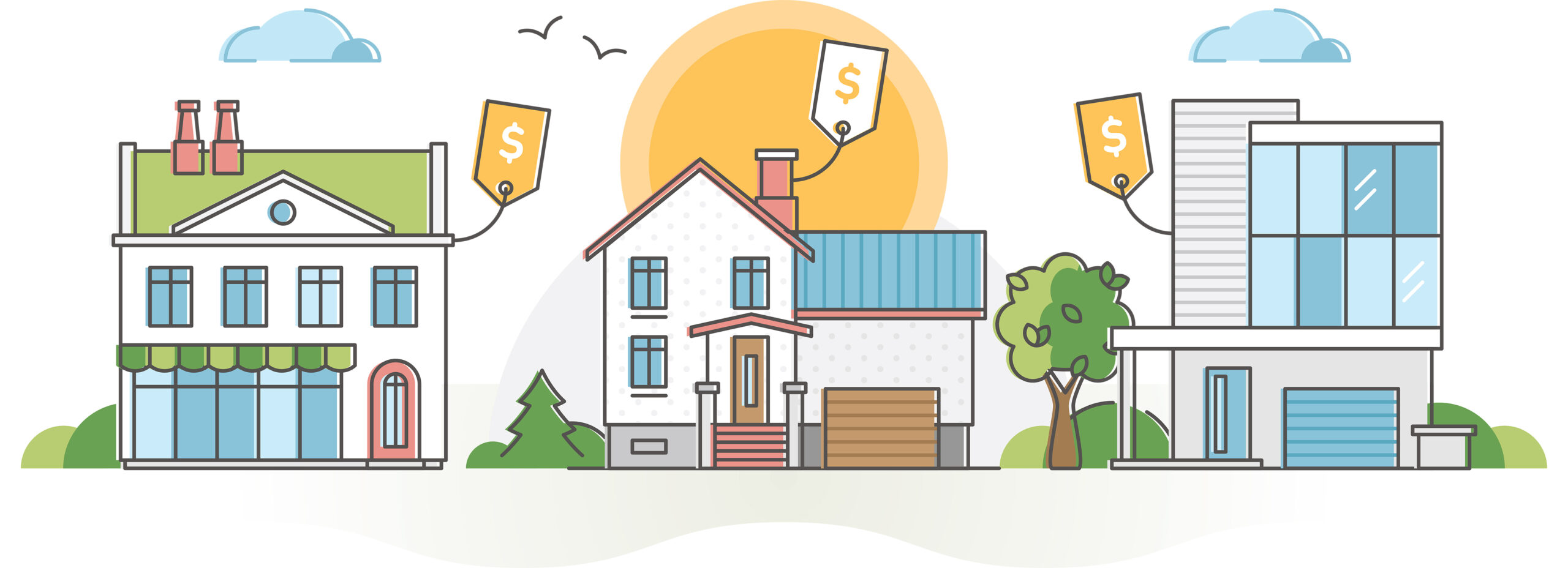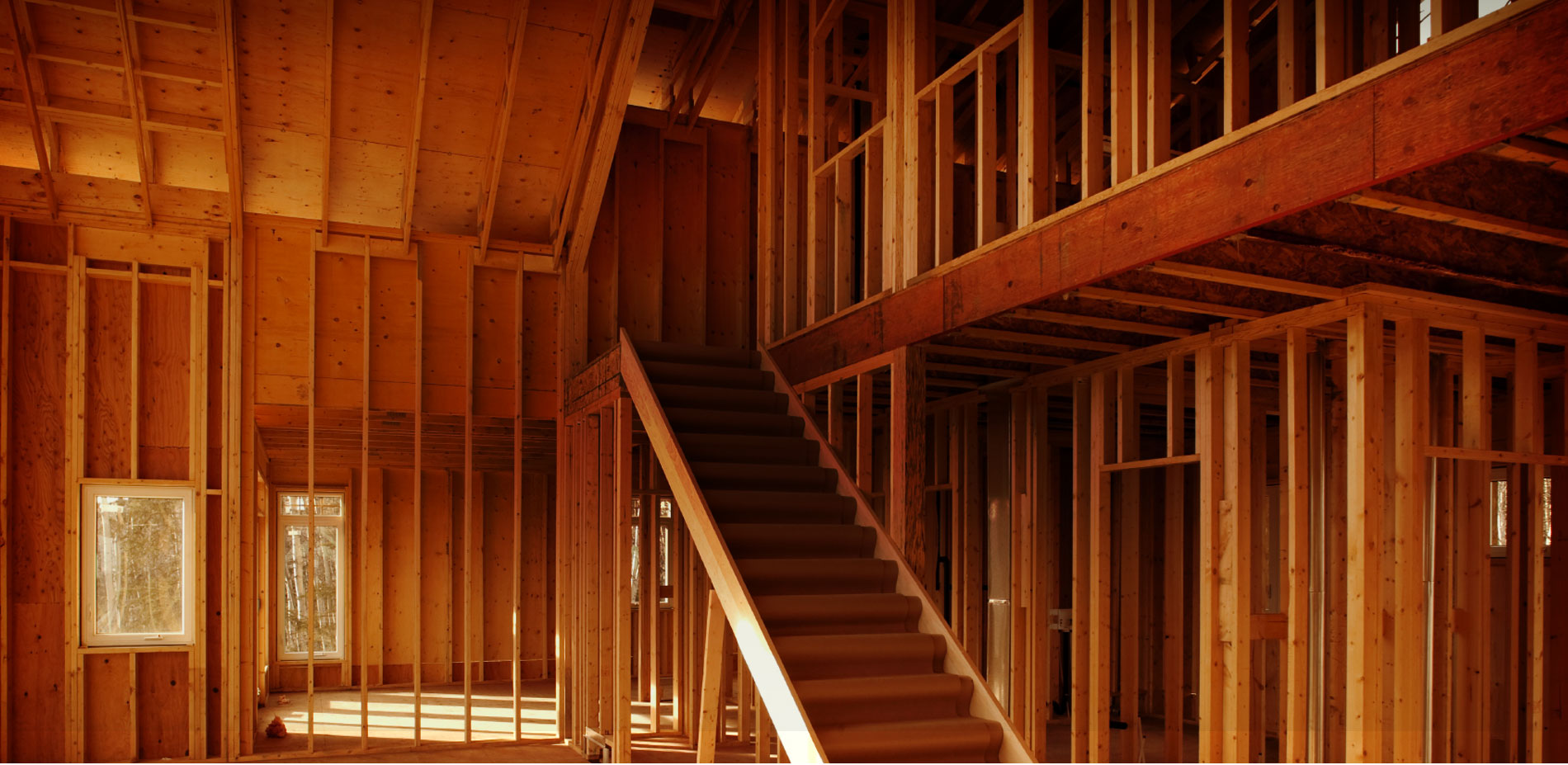Crash? Or a Crash Course in Course Correction?

If it is beginning to feel as though tuning into your favorite news outlet is akin to watching Chicken Little warn of impending doom, you are not alone.
When it comes to the economic reports tied to the real estate market the negative chatter appears magnified. It certainly seems as though there are a lot of Littles yelling “The market is crashing! The market is crashing!” All this rumbling correlates directly with rates going up and sellers losing, what they have perceived as, the power position.
Inflation, supply chain issues, staffing problems, rising interest rates, and noticeable increases in the cost of everyday necessities, are absolutely giving credence to these concerns. The pain of our current economic strain is evident throughout our day-to-day lives. Plus, for many, the impact of the Great Recession is still visible in the rearview mirror.
Based on these factors, it is logical to presume the Littles are correct. The evidence seems to align with the idea that the housing market is about to fail. Counter to this, there are data points which contradict the negative viewpoints. What we are seeing are pricing corrections in the market which will allow for the return of balance to our industry.
Prior to the pandemic the housing market was steady between buyers and sellers, however, it was acknowledged that a housing shortage was imminent. That existing shortage has remained relatively unchanged. In part due to the increased demand during the pandemic paired with the overall inability of builders to keep up. At present, the ratio of homes available to buyers in the market is still imbalanced in the favor of sellers.
Leading up to the Great Recession, there were more homes built than there were qualified buyers. Currently, the buyer’s market is much stronger and more economically sound than years prior. On one hand this proved astronomically advantageous to sellers during the pandemic buying spree. On the other hand, foreclosure risks have been significantly decreased because lenders held onto their stricter guidelines. Many homeowners are sitting on equity gains that will keep them in a healthy position.
Given this strength, positive equity will play a part in tempering the probability of a foreclosure boom. Additionally, the momentum of demand for homes is still in play. This is in opposition to the market stance in 2008 where significantly over mortgaged properties were common.
Comparing current buying rates to the pre-pandemic buying rates, it shows a less than 1% decrease. Yes, the market has cooled, however, and this is an opportunity for increased stabilization. Buyers will once again have a fair chance of getting the home they want and be able to do so without making risky decisions. Additionally, it is less likely that buyers will experience absurd bidding wars over homes leading to equity deficits.
Despite the negative economic challenges faced by families across the nation, the balance has not completely shifted. Holistically, buyers are fiscally healthy and unemployment rates remain low, which indicates sustainability is within reach. Achieving this does require leaning on lessons of our past while implementing new mindsets. Ultimately, to avoid a crash, course correction is necessary and merely indicates an acceptance that the tides are changing.



